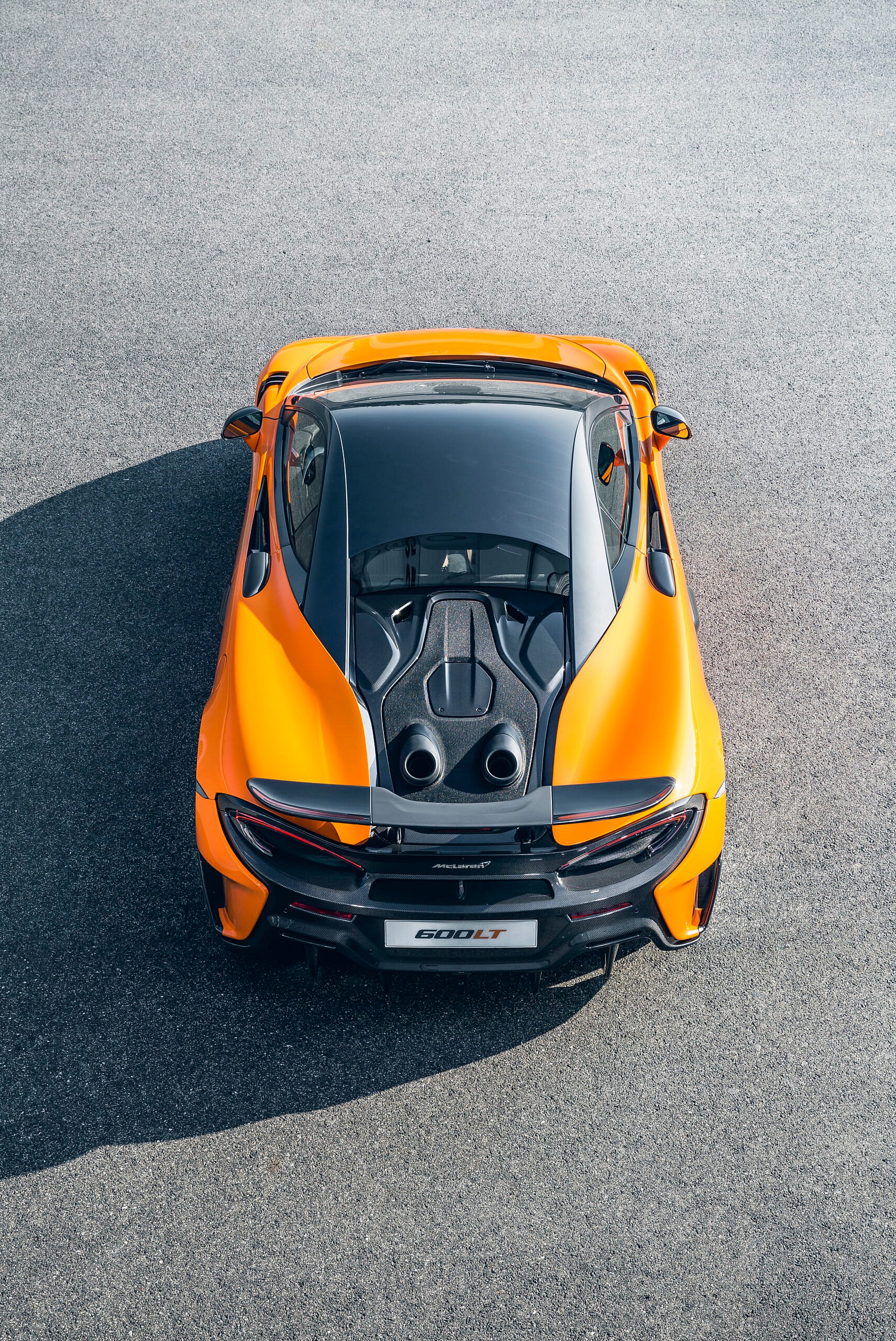7 Things That Make The Insane 600LT McLaren’s Fastest Production Car Ever
This 204-mph British beast is ready to be unleashed.
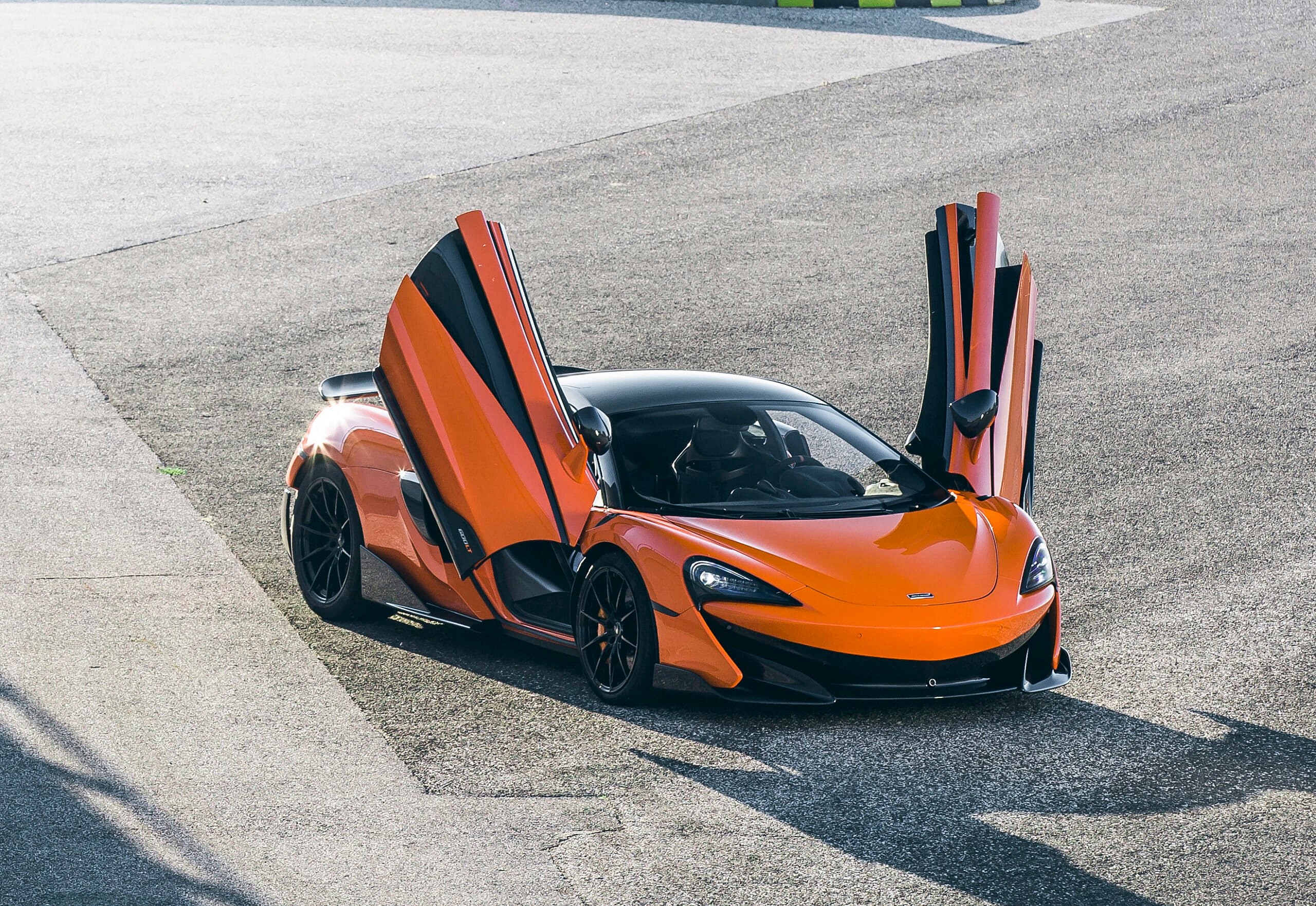
McLaren’s Formula 1 racing team has won the Hungarian Grand Prix at the Hungaroring circuit eleven times, more than any other team. So the track near Budapest makes for an obvious venue for McLaren Automotive to showcase its latest track-tuned performance model, the 600LT.
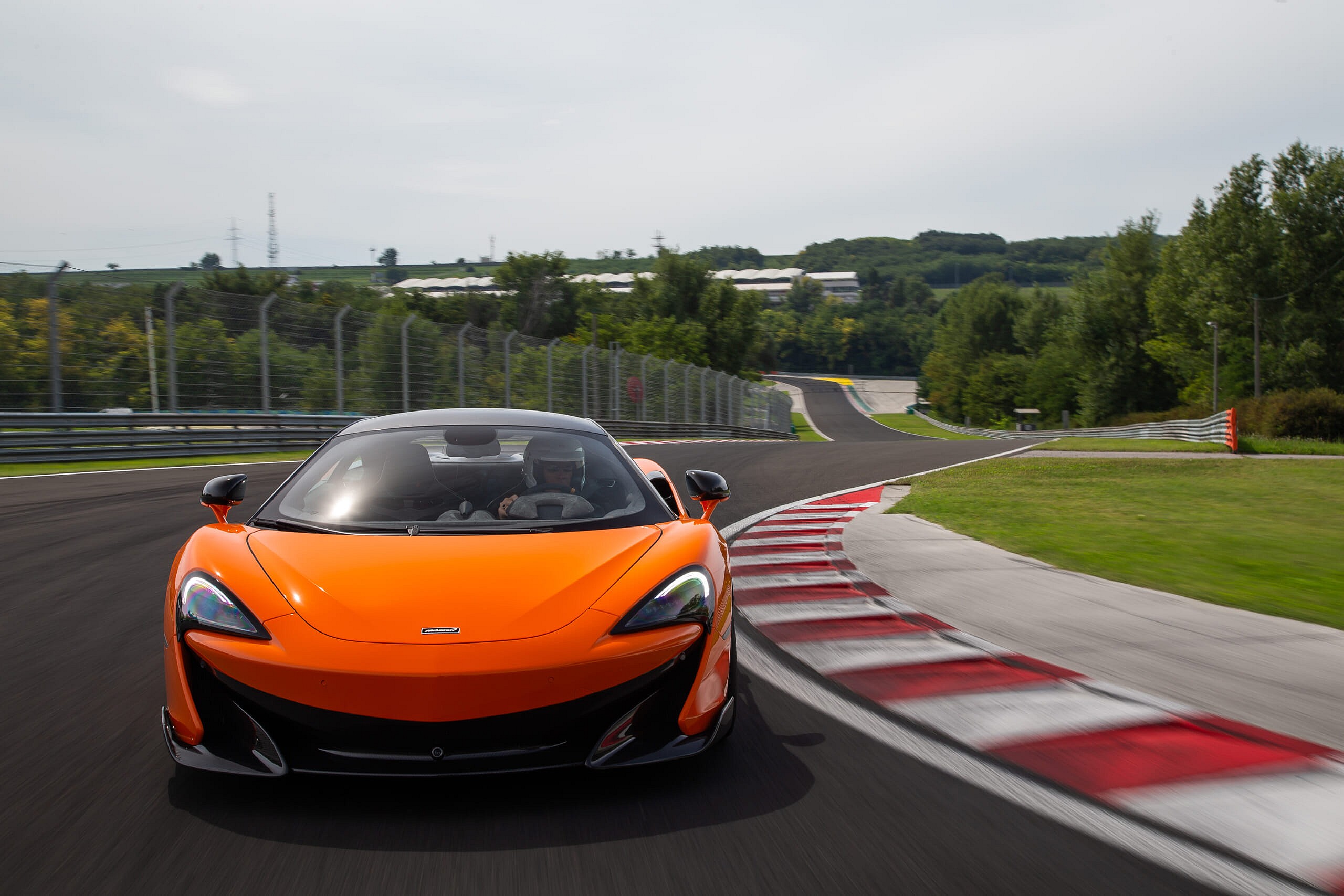
The notion of a “performance-tuned” McLaren sounds redundant, right? All of the company’s cars are turbocharged, mid-engine, carbon fiber super sports cars.
But such cars spend the majority of their time cruising the same streets and highways as the rest of us, and fast and sexy as they are, they are tuned with a strong bias toward doing that job well.

And that’s why we love cars like the McLaren 570S, the model cynics might consider the brand’s ‘entry-level’ car. Although it shares the same second-generation MonoCell II carbon fiber platform, flip-up dihedral doors and twin-turbocharged V8 engine as pricier McLarens, the 570S rides on conventional steel coil spring suspension in place of McLaren’s advanced linked hydraulic system employed on higher-end models.

And the engine used in the 570S is detuned from that in cars like the 720S, so that it produces 570 metric horsepower rather than 700.
Nevertheless, McLaren engineers saw in the 570S the makings of a hardened track-ready weapon waiting to be unleashed. With some targeted upgrades, they’ve created with the 600LT the ultimate McLaren track day car.
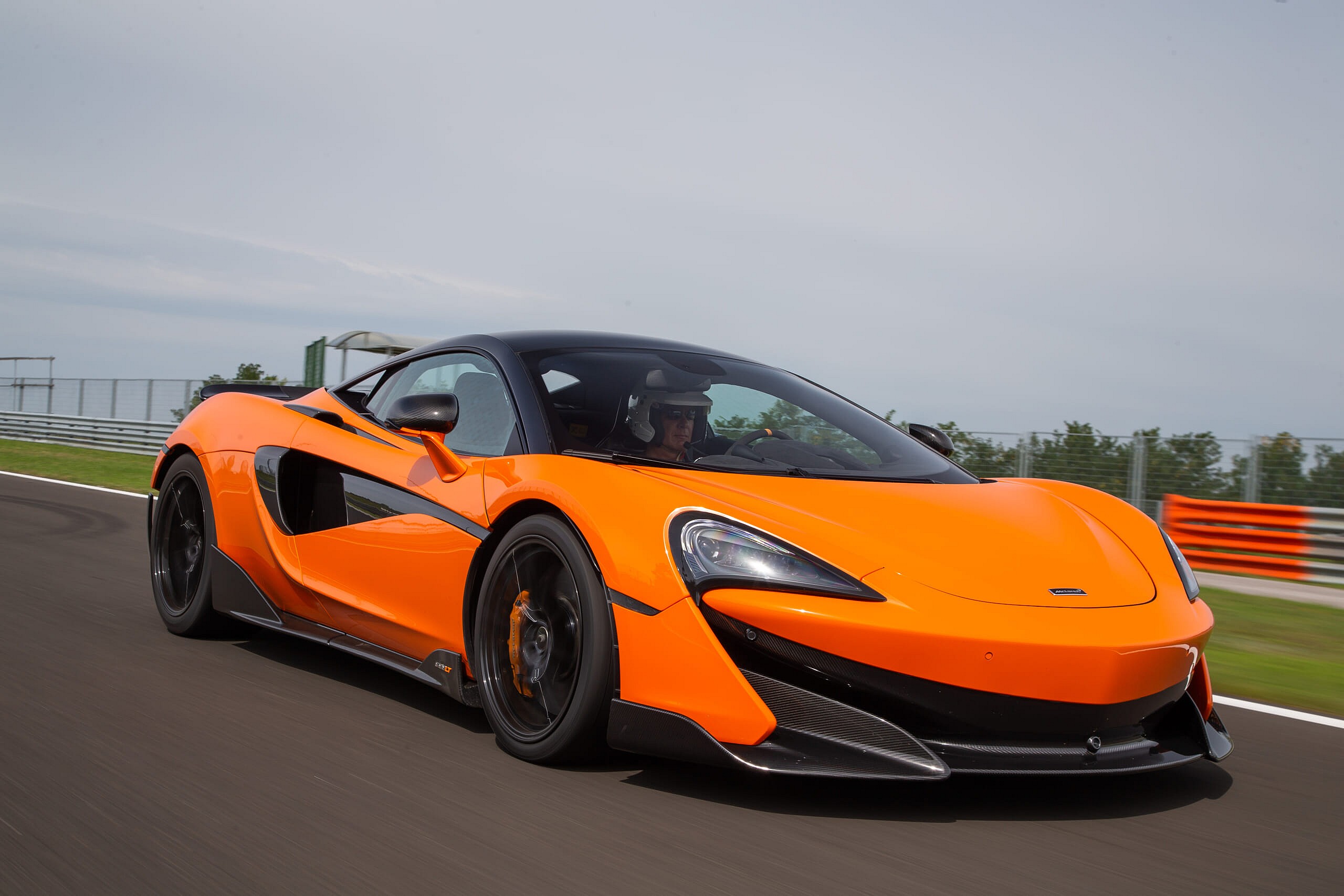
This isn’t a limited-production specialty model like the Senna we tested a few months ago. That car’s production run of 500 units sold out instantly. But you don’t have to know someone to get a 600LT. You just need $240,000 for a base car and you’ll need to buy it within the next year, because the 600LT coupe is a single-year-only model.
These are seven things that make it special:
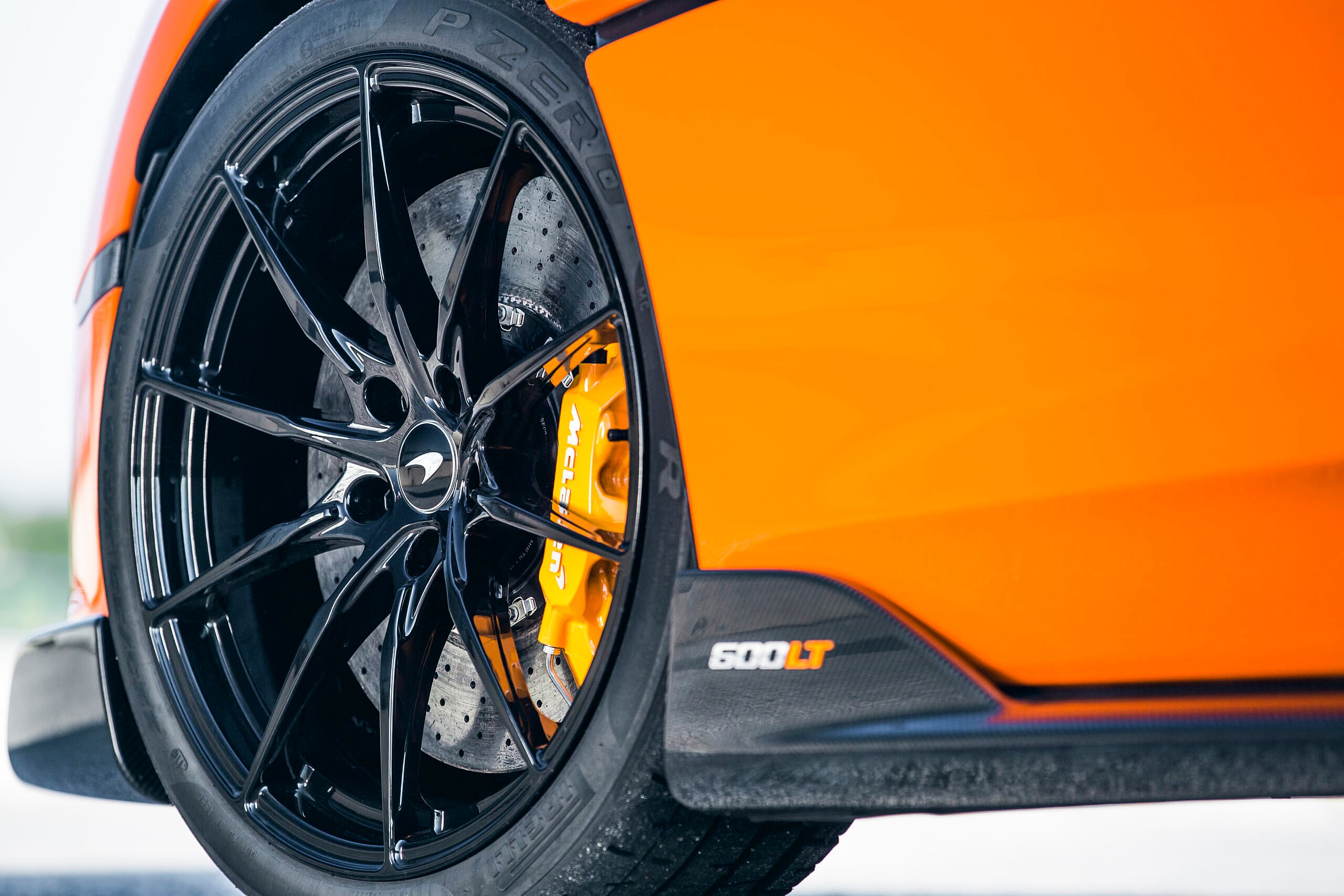
1. Brakes
The single biggest upgrade to the 600LT is the brake technology. Street cars need brakes that apply gradually. Track cars need brakes that are powerful and inspire confidence that the car will slow in time for the curve.
To do that, McLaren upgraded from the regular carbon ceramic brake rotors and monstrous calipers by changing the master cylinder to eliminate any slack at the start of the pedal stroke. They’ve also installed an electric vacuum pump for the power boost, rather than relying on variable engine vacuum, so the boost effect is consistent and always available.
Braking at the end of the front straight into the Hungaroring’s tight turn one, the 600LT’s brakes inspire confidence. But when just brushing the brake to help transfer a smidge of weight to the front tires to aid navigating a quick turn, there is no overdone assistance that could upset the car’s balance. And even simply parking in the pitlane, the McLaren exhibits none of the grabby abruptness we experienced in the Ferrari 488 Pista.
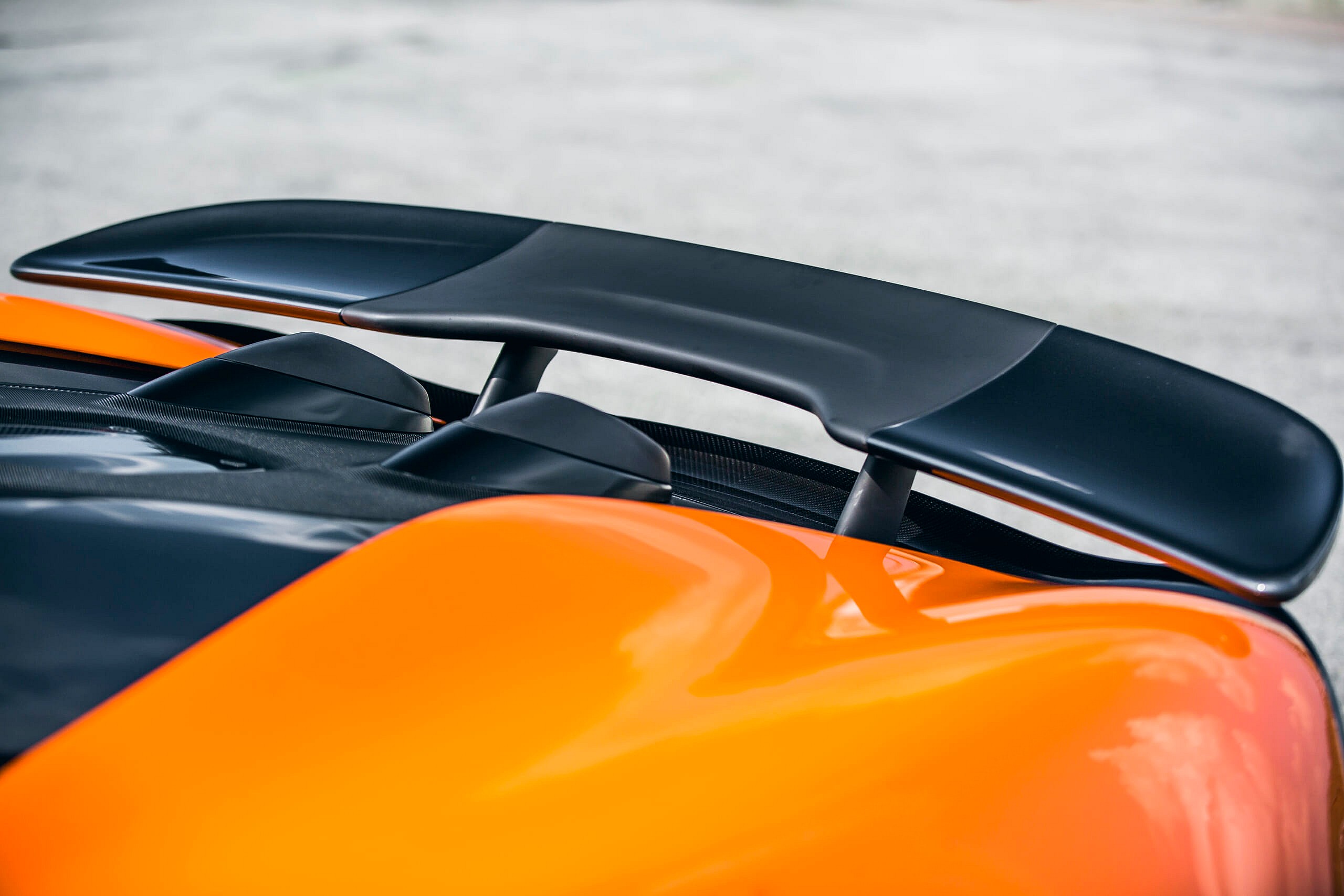
2. Aerodynamics
Part of why the 600LT stops so well is that it has plenty of grip, aided by revised bodywork. This is the source of the ‘LT’ moniker; it is a reference to the aerodynamics of the original F1 McLaren street car, in its race-modified “Longtail” form.
The 600LT is 2.9 inches longer than the 570S, but that comes entirely from an extended front splitter and rear diffuser rather than from an extension to the rear bodywork, as was the case with the F1.
Those changes—along with a large rear wing—contribute to 220 lbs. of downforce at 155 mph. That’s not Formula 1 territory, but it is plenty to help stabilize the car on the track.
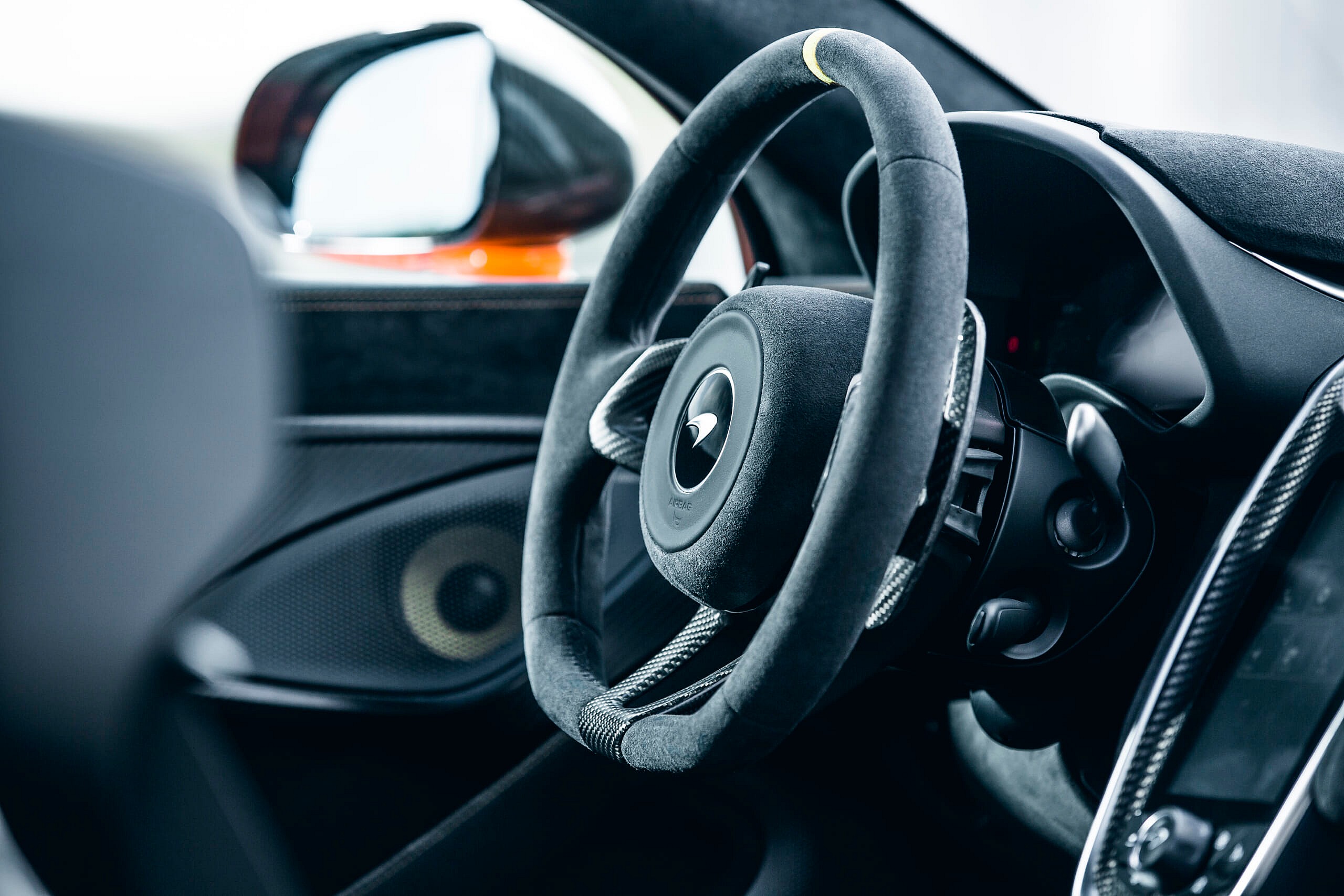
3. Steering
McLaren uses a complex electro-hydraulic power steering system on its cars. It is employed for the improved steering feel provided by hydraulic assist compared to the commonplace all-electric power steering systems that are normally used. For the 600LT, McLaren uses a steering rack with a ratio that is about 5 percent quicker than on the 570S, so the 600LT turns in to corners more crisply, without being go-kart abrupt.
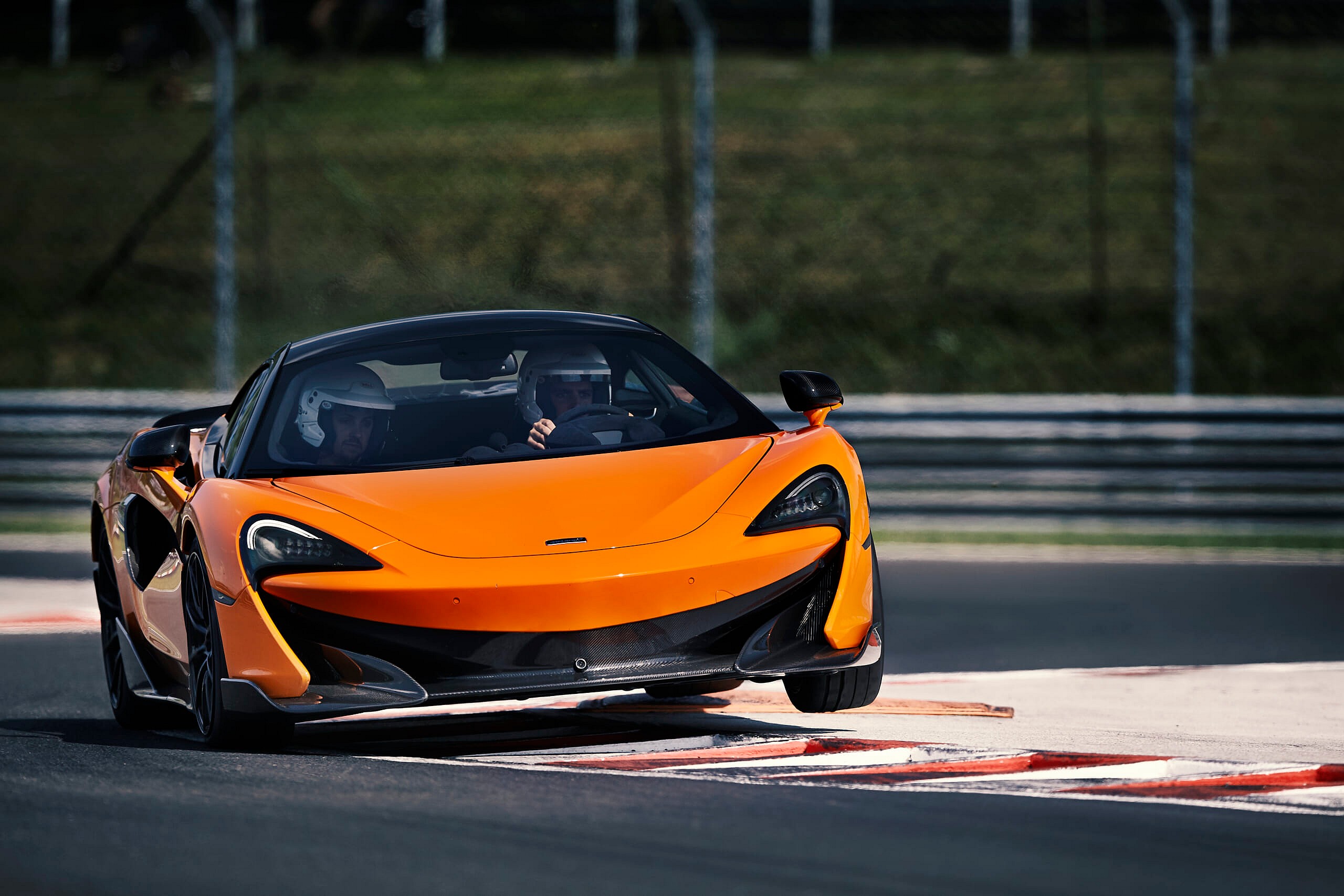
4. Suspension
Even without McLaren’s signature hydraulic suspension system, the 600LT has miraculous handling around this track where the company’s F1 team has enjoyed so much success.
The car rides 8mm lower than a 570S on springs that are 14 percent stiffer in the front and a surprising 34 percent stiffer in the rear. Both front and rear anti-roll bars are also stiffer and the electronically controlled shock absorbers adjust continuously for both compression and rebound damping.
In practice, the 600LT rides over surface imperfections, apex curbing and corner-exit rumble strips as if they weren’t even there. The Senna does the same thing, but at a million dollars, that’s no surprise. The 600LT’s ability to accelerate while the rear tires are on rumble strips is amazing.
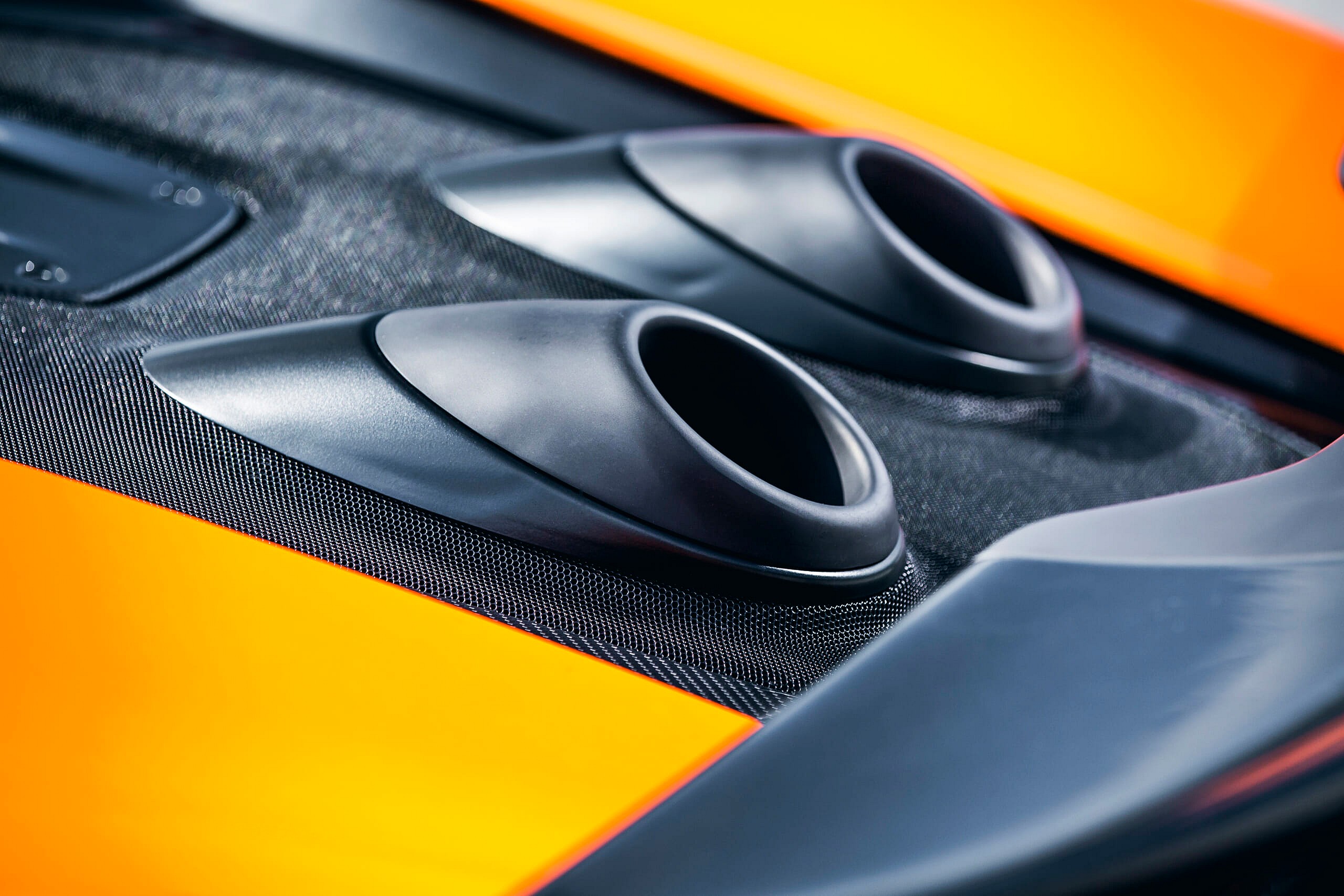
5. Engine
McLaren brags that, with 592 SAE net horsepower, the 600LT is the most powerful of its ‘Sport Series’ models. That seems like an arbitrary distinction, considering that the company uses versions of the same basic engine in all its cars.
Regardless, the engine establishes its own character thanks to short, top-exiting exhaust pipes that give this turbocharged V8 a rousing voice—one that is appropriate for a car meant to be driven as entertainment.
That engine contributes to the 600LT’s performance specifications. Those include a 2.8-second 0-60 mph time, a 10.4-second quarter mile and a 204-mph top speed.
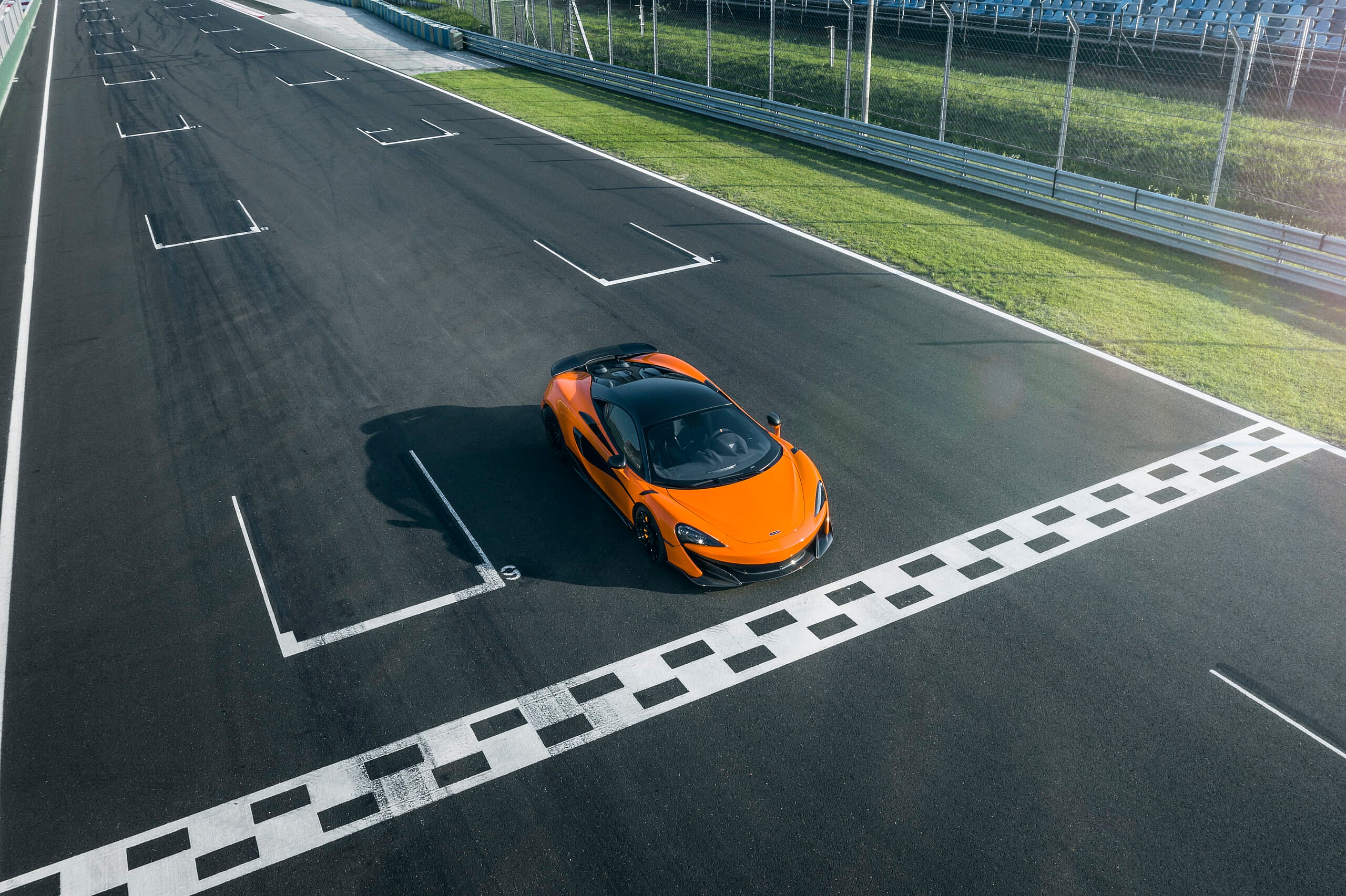
6. Weight
Engineers whittled away at the 600LT’s weight with parts like carbon fiber racing seats, wheels and body parts. But to get to the 220-lb. reduction they wanted, they even had to resort to lighter wiring and window glass.
In particular, weight was cut from the lovely stainless steel exhaust system. Dumping the waste gases straight out the top of the engine cover not only contributes to a glorious sound, but it also eliminates the weight of pipes running to the rear of the car.
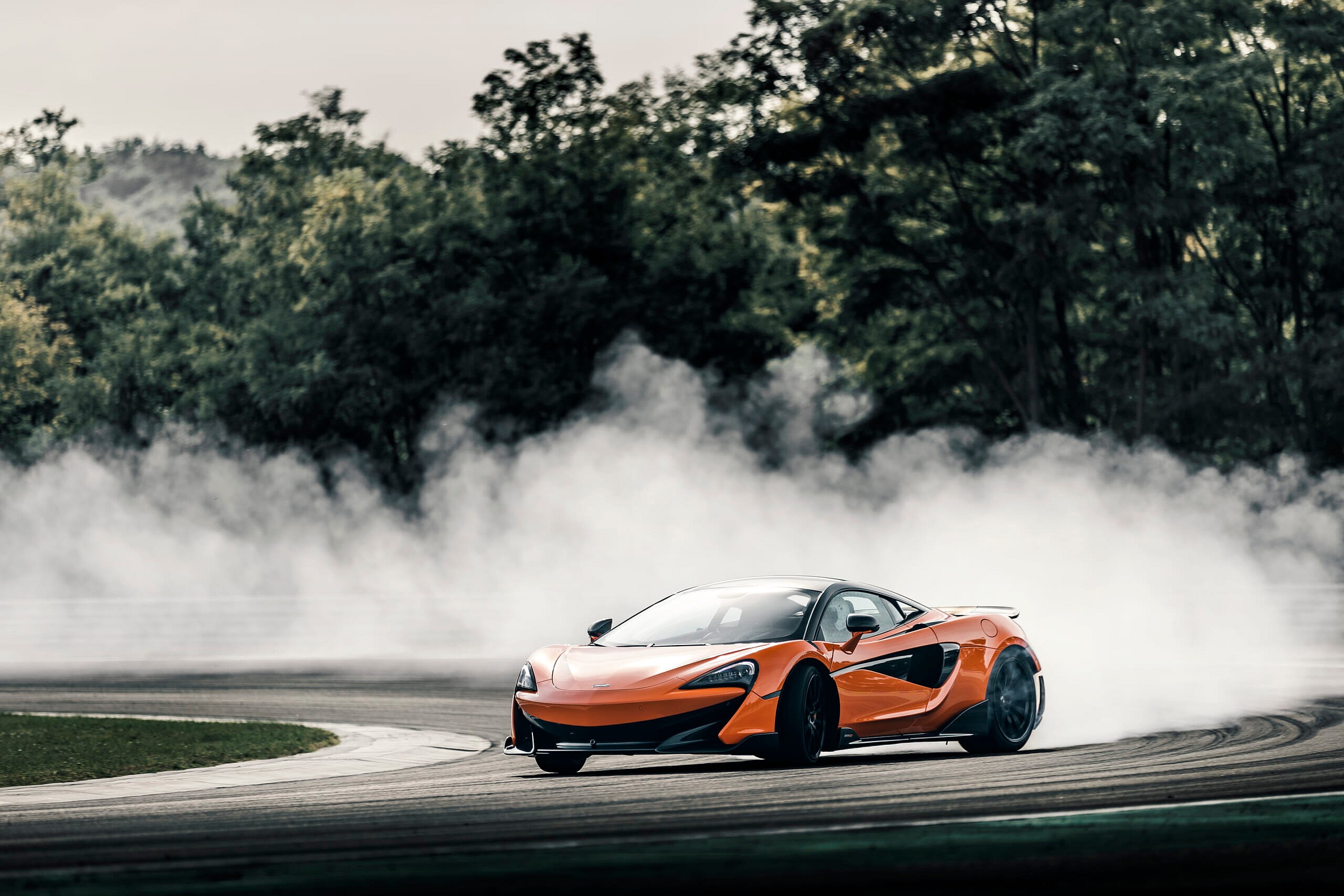
7. Tires
Pirelli is the current tire supplier for Formula 1, and they’ve applied that know how in creating the P Zero Trofeo R used on the 600LT. The company cooperated with McLaren to develop a special tire just for the LT. It features softer sidewalls and stiffer belts under the tread to provide enhanced grip in corners. It works!
The resplendent Mayan Orange Elite 600LT priced out at $300,000, thanks to an abundance of options—like the Bowers & Wilkens sound system—so the $240,000 base price can rise quickly. Choose the overhead engine intake snorkel to make the 600LT more like the Senna and the F1 Longtail, and you’ll add another $30,000.
McLaren says it will pull the plug on 600LT production next September, so you won’t have long to think about it. Unless you’d really prefer a convertible. They say we’ll see a drop-top 600LT in 2019, if that sounds more your speed.
